A multi-year project sparks optimism for developing a seaweed industry in Cape Breton
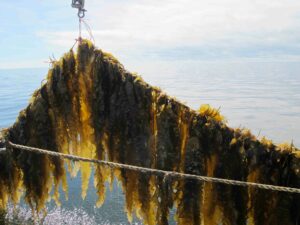
A pilot project has shown great first-year success for cultivating sugar kelp (Saccharina latissimi), a seaweed that can be found along the east coast of North America, on shellfish leases in Nova Scotia.
Led by the Aquaculture Association of Nova Scotia, the multi-year study involves collecting local kelp as broodstock, maturing seedlings from the stock in a lab, and then spraying lines with the seedlings. Subsequently, the lines are relocated to the shellfish leases and wrapped around the ropes that connect oyster cages and mussel socks. Known as regenerative aquaculture, it’s a practice that experts say can benefit the ocean’s health, as well as offer a source of sustainable food production and economic opportunity.
“Overall, concurrent cultivation improves the growth of both organisms, protects natural resources, and increases employment, since kelp culture is most active during the shellfish ‘slow’ season (winter-spring),” said Laura Carvalho-Morris, the association’s research and development coordinator.
In this case, Carvalho-Morris says that cultivating shellfish and seaweed is “a natural collaboration for enhancing nutrient bioextraction.” The organisms operate at different trophic levels due to their differing energy sources and nutrient requirements. Recent studies have demonstrated that co-cultivation of these species have “enhanced growth effects on each other when there is an abundance of nutrients present.”
“Seaweeds utilize dissolved inorganic nutrients, while shellfish filter organic nutrients,” said Carvalho-Morris. “Oyster biofiltration promotes water clarity and increases light availability for seaweed photosynthesis and growth, while seaweeds uptake inorganic nutrients that would otherwise be accumulated by the oysters’ filtration process and suppress growth.”
The pilot is funded by Atlantic Canada Opportunities Agency Cape Breton and has partnered with three shellfish producers in Cape Breton. So far, the first year has seen “extraordinary” kelp growth, suggesting that kelp can be successfully farmed in these bodies of water.
“We were pleased to see the quality of seaweed that was grown, which included very little evidence of invasive organisms on the raw biomass,” said Carvalho-Morris. “We currently have a student at Dalhousie who will be analyzing isotope data from the aquaculture sites. All of this information will be analyzed to answer why the seaweed is doing so well (scientifically). For now, my best answer is love and care by the farmers.”
The ultimate goal is to develop a cultivated seaweed industry in Cape Breton, as well as develop “a roadmap for processing the raw biomass for practical application and to boost profits for our sea farmers.” The project will also review potential markets, as the kelp could be used for many purposes, including human consumption.
“We truly believe that once all processes are set up (i.e., methods for drying the seaweed for packaging), our farmers are growing a high-quality product that can be used in products from fertilizers to pharmaceuticals,” said Carvalho-Morris. “Naturally, more research is needed to determine the purity – we are happy with the first year’s results.”
The pilot project is part of a growing global interest in regenerative aquaculture, particularly as the climate crisis threatens ocean health. A recent study by The Nature Conservancy found that restorative aquaculture can have a positive impact on marine life, as well as offer “a sustainable method to meet the nutritional needs of the growing human population.”
However, there are challenges to kelp farming on the Atlantic Coast. Storms, invasive species, and warming waters have all contributed to the demise of kelp beds along Nova Scotia’s South Shore. And there are regulatory challenges, too.
“We hope that all lease agreements will be amended to include sea plants so farmers can get the most out of their aquaculture sites,” said Carvalho-Morris. “The greatest challenge is once the seaweed is brought to the wharf and determining where to go from there. This is where the market analysis branch of this project comes in. We will know by the time the seaweed is ready for harvest (April-May 2022).”
Entering its second year, the association will be deploying the next seeded lines in late October and continuing to monitor water quality until harvest in spring 2022. They will also plan the best course of action to process the raw biomass.
“Farmers around the province are interested in incorporating seaweed aquaculture in unison with their shellfish operations,” said Carvalho-Morris. “Not only is it fantastic for the environment, but for the growth of all organisms in the system. We also hope to assist any way we can with developing a seaweed hatchery and all other necessary elements to have a fully Nova Scotia-supported seaweed industry.”
Follow the Advocate on Twitter @GSA_Advocate
Now that you've reached the end of the article ...
… please consider supporting GSA’s mission to advance responsible seafood practices through education, advocacy and third-party assurances. The Advocate aims to document the evolution of responsible seafood practices and share the expansive knowledge of our vast network of contributors.
By becoming a Global Seafood Alliance member, you’re ensuring that all of the pre-competitive work we do through member benefits, resources and events can continue. Individual membership costs just $50 a year.
Not a GSA member? Join us.
Author
-

Lisa Jackson
Associate Editor Lisa Jackson lives in Hamilton, Ontario, Canada. Her work has been featured in Al Jazeera News, The Globe & Mail, The Independent, and The Toronto Star.
Tagged With
Related Posts
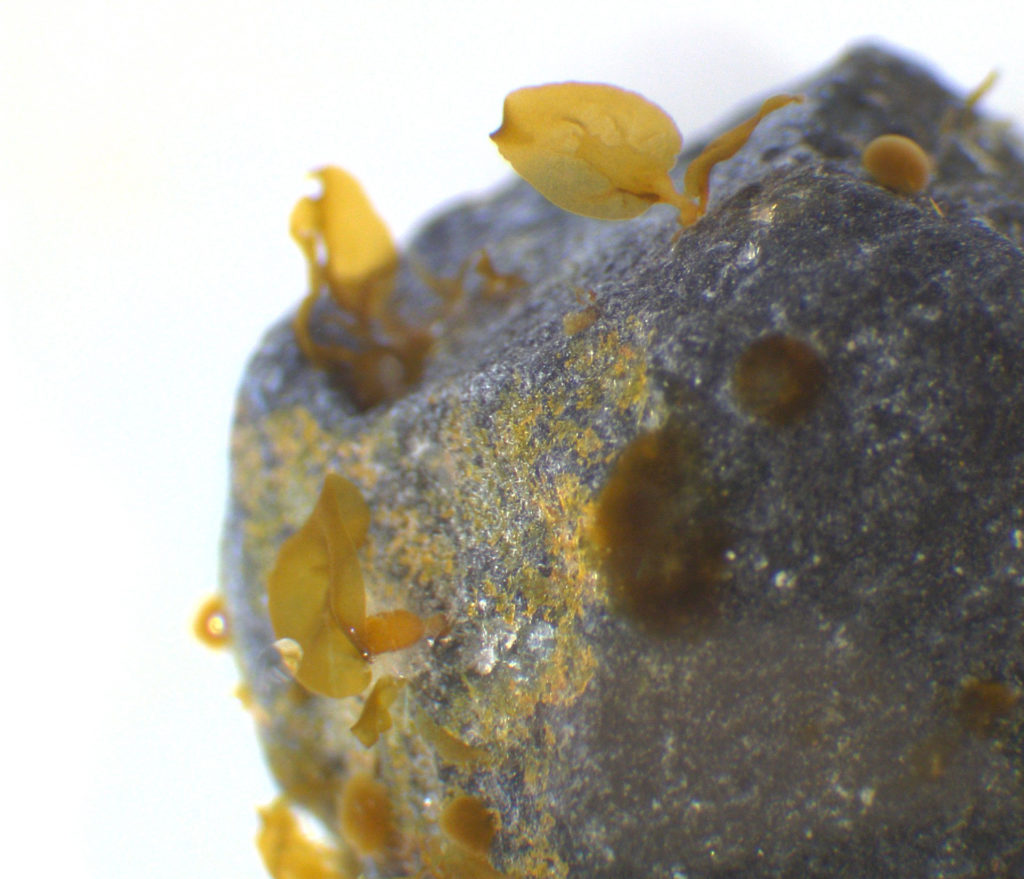
Responsibility
Kelp parachutes: Green gravel reforestation projects showing promise
Researchers are growing kelp seedlings on ‘green gravel’ and then scattering them on the ocean floor, where they’ll hopefully anchor and flourish.
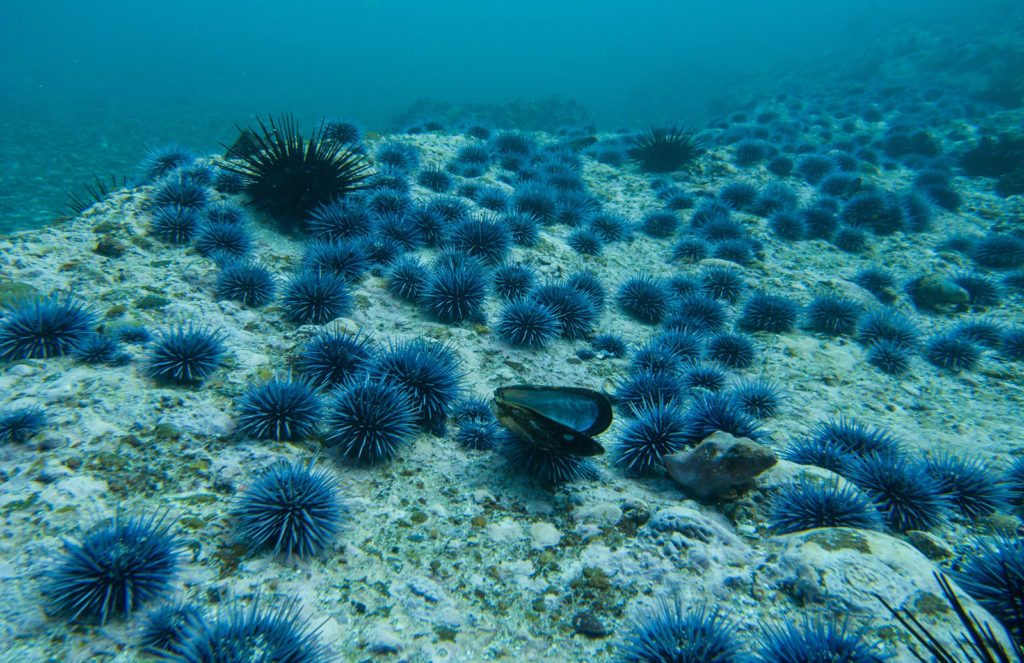
Responsibility
Can ranching ‘zombie urchins’ boost uni, save kelp forests?
With Norwegian knowledge and a partnership with Mitsubishi, Urchinomics aims to turn worthless empty urchins into valuable seafood while restoring kelp forests and creating jobs.
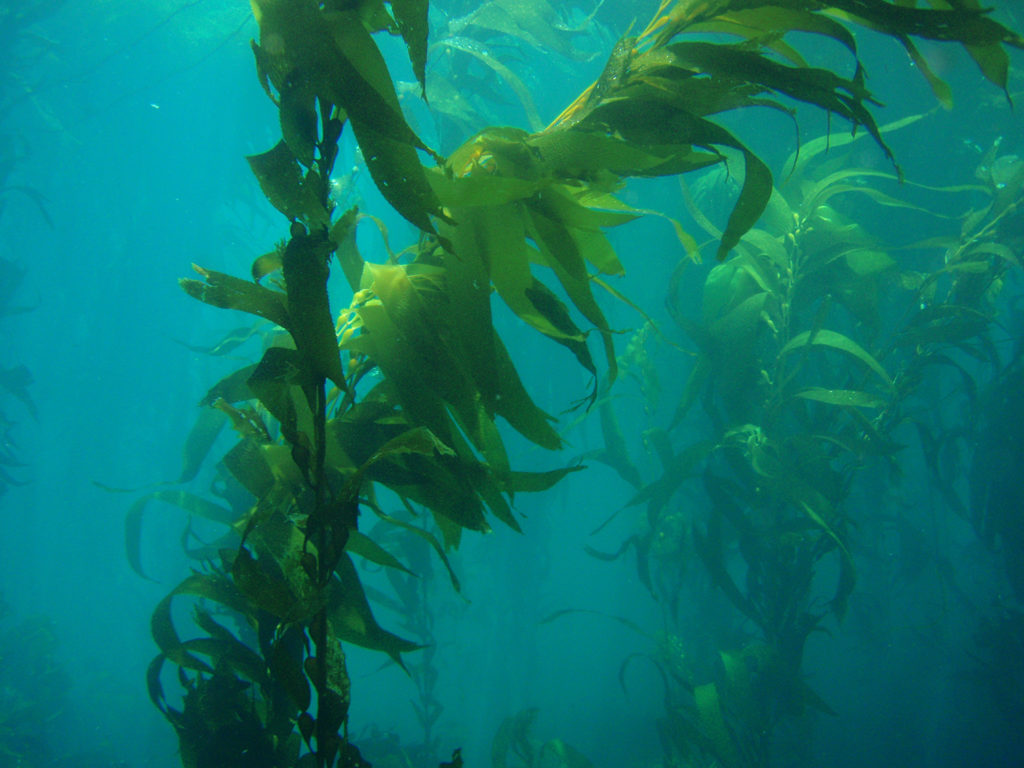
Aquafeeds
Evaluating kelp and maize meals as biofloc nucleation sites for tilapia fingerlings
Study assesses kelp and maize meals as nucleation sites of biofloc formation and tests the products’ effect on the performance of Nile tilapia fingerlings.
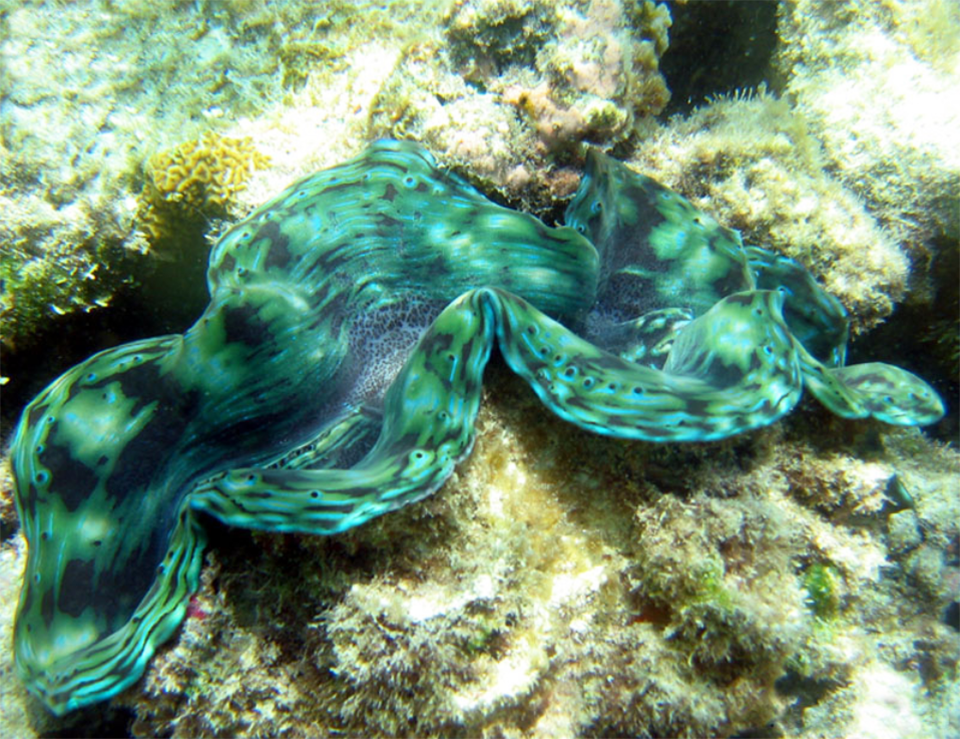
Responsibility
A global overview of restorative shellfish mariculture
A review of restorative shellfish mariculture case studies around the world to identify emergent patterns across species and ecoregions.

